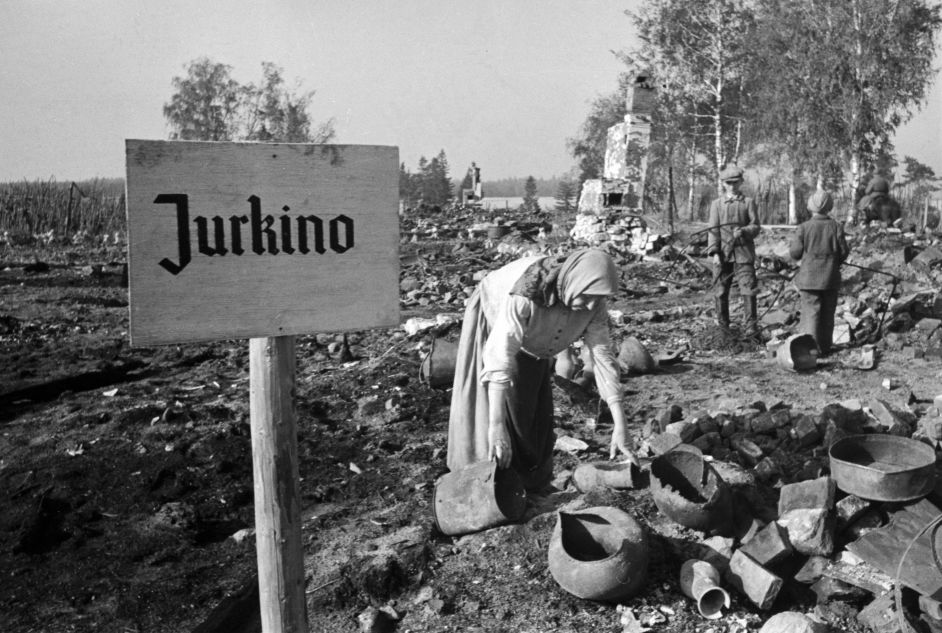A unique archive of documents on all crimes committed by the Nazis in the USSR will be created.
Yegor Yakovlev, Director of the “Digital History” Research Foundation, speaks about the costs of the trials against the Nazis, plans for the extermination of the Soviet people, and the “ordinariness of genocide”.
The Nuremberg trials were undoubtedly a landmark event in human history. They summarised the results of World War II, condemned Nazism, and Hitler's main criminals. However, it must be remembered that this trial was prepared in the shortest possible time. The political reasons for this haste were both clear and understandable, but because of it not all the documents exposing Nazi atrocities were presented before the Tribunal.
Furthermore, many influential figures from the Third Reich were not tried at Nuremberg, but in the countries most affected by their crimes. Therefore, their testimony and the details uncovered at these local trials were not compared with the documents and materials presented at Nuremberg. Thus, the world community did not get a truly definitive picture of the Nazi’s crimes.
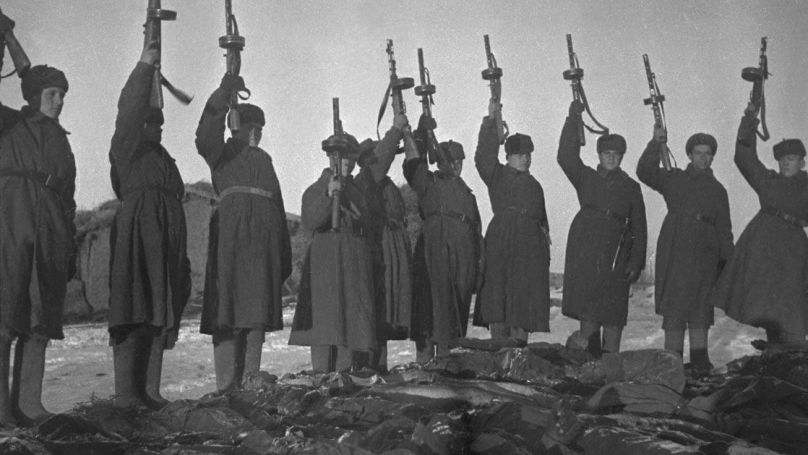
I believe that the challenge of seeing this through to the end lies on the shoulders of our generation. Over the past 75 years, scholars have uncovered a much larger documentary base than those available to the prosecutors at Nuremberg at the time. However, all of these documents remain fragmented - they are scattered across archives in different countries, only part of them has been published, and literally, just a few of them have been translated into Russian. Obviously, there is a need to create a unified virtual scientific archive, where all such materials will be brought together and, above all, translated into Russian and commented on by historians.
Which documents have not been published in Russian? Unfortunately, we haven't published even a fraction of the documents from the Nuremberg trials. Furthermore, we have never published the materials of the so-called subsequent local courts I was talking about. The noted Nazi executioner Erich Koch was tried in Poland because he committed many crimes against Poles during his time as Gauleiter of East Prussia. But Koch was also the Reichskommissar of Ukraine, something he was also interrogated about. These documents never saw the light of day here in Russia.
The same applies to the trial materials of Kurt Daluege, chief of the national uniformed Ordnungspolizei (Order Police) of Nazi Germany, a very knowledgeable individual and close confidant of Himmler. After Czechoslovak patriots murdered Reinhard Heydrich, Daluege became Acting Protector of Bohemia and Moravia. He was the one who carried out punitive operations against the Czechoslovak people, and his handing over to Prague to be brought to justice was only fair. However, at the same time, Daluege was also guilty of a large number of crimes in the USSR. But we do not have these materials either. Nor have they been ever published in Russian.
The most regrettable fact is that there are no comprehensive scientific publications of even those investigative materials that were prepared in the Soviet Union.
For example, one of the higher SS officers closest to Himmler, Friedrich Jeckeln, the de facto governor of the Reichsführer-SS in the Reichskommissariat Ostland, was captured by the Red Army. Jeckeln was tried in Soviet Latvia and hanged in Riga in 1946. His case has not been fully published to this day and his testimony, for instance, about the planning of the war and the deployment of terror in the occupied territories, has not been compared to that of other SS members, such as Daluege.
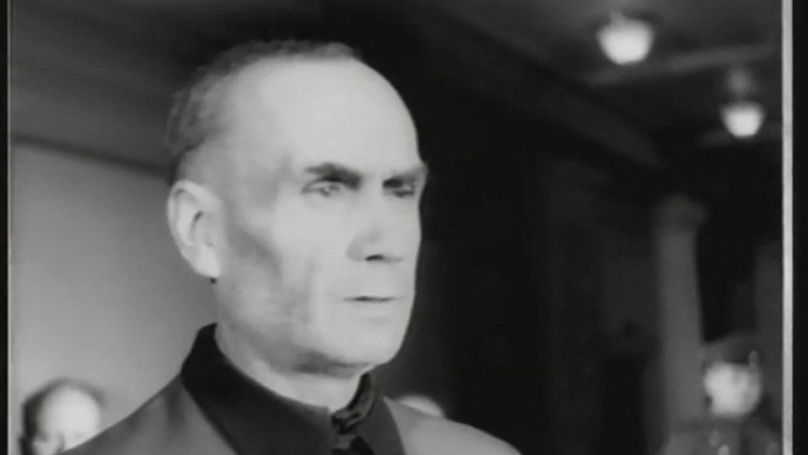
All of these facts encouraged us to undertake an international project called “Immortal Memory”. Its objectives are as follows:
First, to identify and collect in a single virtual space all of the documents about the Nazi’s plans pertaining to the genocide of the population of the Soviet Union stored in foreign archives.
Second, to translate and publish in Russian those documents on the crimes of the invaders that had previously only been published abroad.
The first book of our project will be published to mark the 80th anniversary of Nazi Germany's invasion of the Soviet Union: it consists of almost 800 pages of records of the Third Reich, as well as testimonies, letters and diaries, most of which have never before been published in our country.
The orders by Hitler's top leadership in Germany make it clear that in May 1941 the highest Nazi bosses had approved a plan of genocide for the Soviet people. The main bet was made on hunger, which is why this plan is often referred to in Western historiography as the “Hunger Plan”. Its existence is now recognised by major Western historians such as Christian Gerlach, Alex Kay, Adam Tooze, and many other experts. The architect of the Hunger Plan was Herbert Bakke, State Secretary of the Reich Ministry of Food and Agriculture. Bakke was a key member of the so-called economic headquarters of the “Generalplan Ost” that was set up in preparation for the invasion of the USSR to plunder the occupied territories. This headquarters was headed by the Führer's official successor, Hermann Goering.
Bakke indicated that because of the British naval blockade, the Reich was on the verge of a food crisis. In addition, it would be very difficult for logistical reasons to supply an army occupying a vast area of the Soviet Union. Therefore after the occupation of the fertile black-earth territories, it was necessary to immediately direct absolutely all of the resources of these lands to supply the Wehrmacht and the Reich. Nazi planners wrote quite openly that such a policy would result in the deaths of some 30 million Soviet citizens living in the non-black-earth territories of the USSR, where food supplies would be severed.
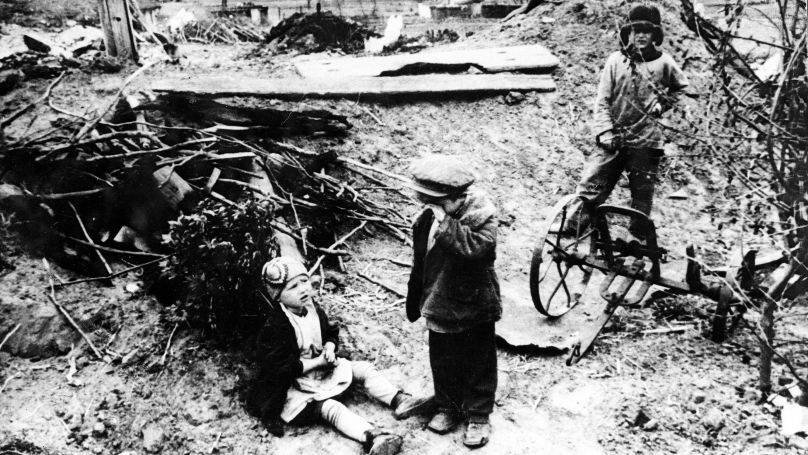
This plan was not fully implemented due to fierce Soviet resistance and for several other reasons. But part of it is the starvation of Soviet prisoners of war (over two million people), the organised hunger in several occupied territories (Kiev, Kharkov, and Leningrad Region) and, of course, the Siege of Leningrad. To avoid taking official responsibility for feeding Soviet citizens, Hitler was inclined towards the idea of not entering the largest Soviet cities in the non-black-earth regions. The plan was to besiege them, destroy infrastructure with artillery and aircraft and doom the population to extinction.
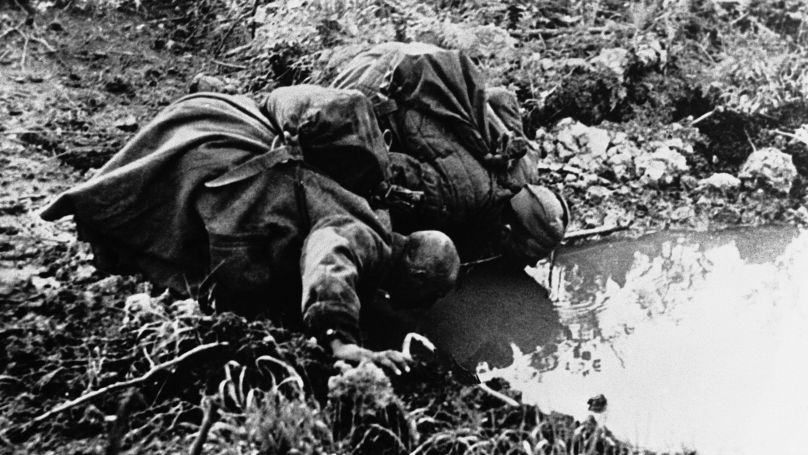
These facts prove that the Siege of Leningrad was not a random incident or a military necessity. It was the planned genocide that the Nazis first spoke of before the war began. Similarly, the Germans were going to besiege Moscow and condemn the population of the capital to death. We never heard about the Siege of Moscow because Hitler's plan was thwarted by the Red Army, yet it existed. We can confirm this with documentary evidence.
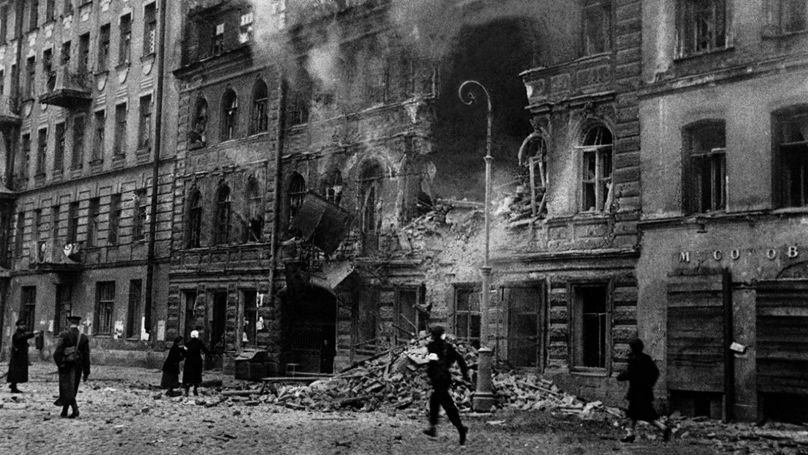
The SS documents deposited in the Bundesarchiv are of great interest to our study. In particular, Reichsführer-SS Heinrich Himmler's speeches to personnel, never translated into Russian, in which he gave instructions on the treatment of the native population and was extremely frank. This is an unknown and “eloquent” quote from Himmler's speech before a meeting of Kriegsmarine commanders in Weimar in December 1943:
“Every time I was obligated to act against partisans and Jewish commissars in a village – I say this here in our circle, for it is intended for this circle – I gave the order to also kill women and children of these partisans and commissars as a matter of principle. I would be a coward; I would be a criminal before our descendants and before their descendants if I allowed the sons of the ‘Untermenschen’, whom we destroyed in the fight of man and subhuman, to mature in hatred towards us”.
The Bundesarchiv materials regarding the work on Generalplan Ost are also very interesting. It is from there that we can trace the plans for the “digestion” of the spaces captured by the Nazis. For example, having received outlines of the strategy for the initial stage of the Germanisation of the former Soviet territories, Himmler gave an instruction:
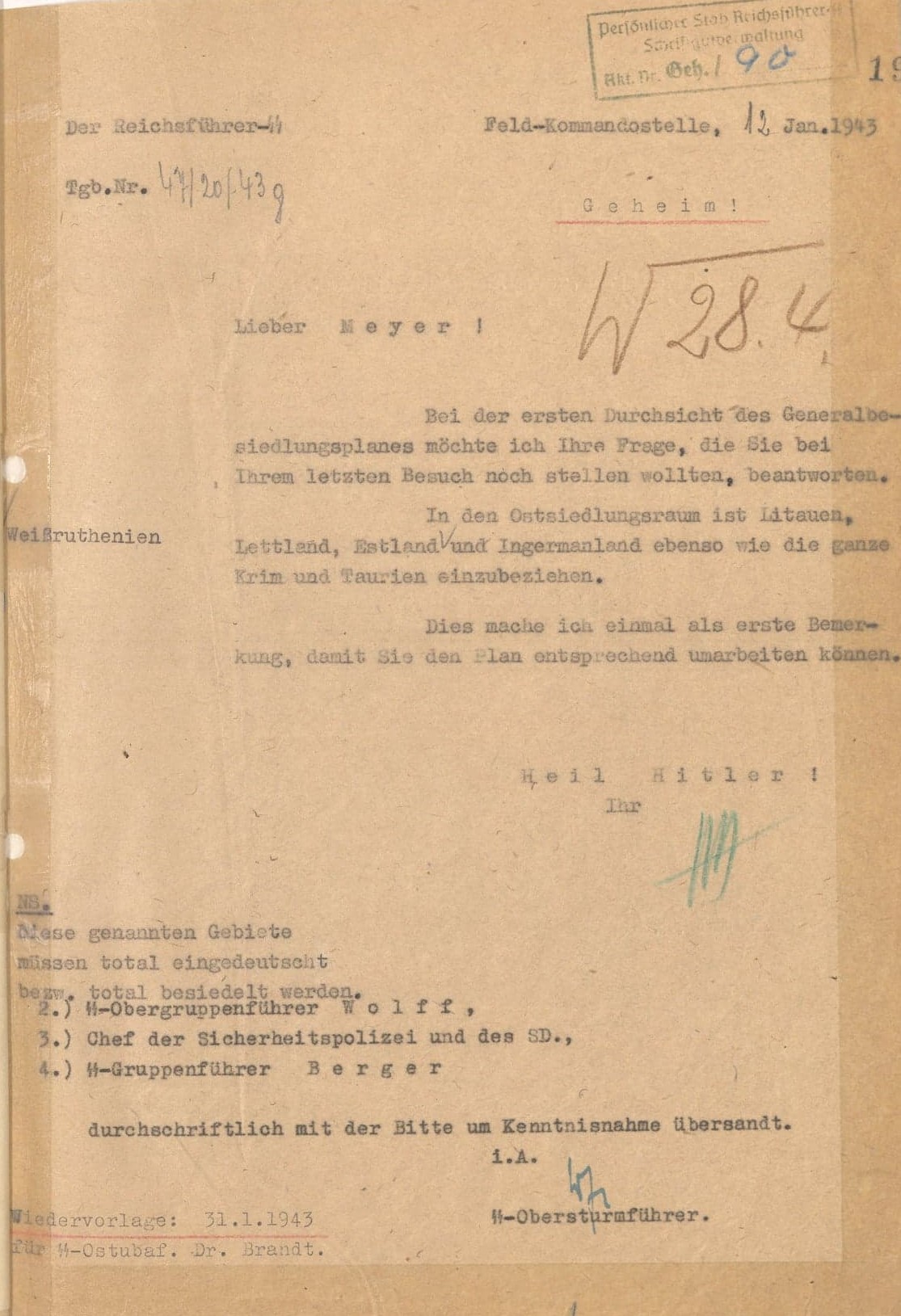
“The eastern settlement space must include Lithuania, Latvia, Estonia, Belarus, and Ingermanland, as well as all of Crimea and Tavria. This is my first comment so that you can revise the plan accordingly”. In the postscript, the Reichsführer-SS remarked: “The territories listed are subject to total Germanisation of racially admissible elements, the colonisation of Germanic peoples, and the resettlement of undesirable elements”.
We have documents at our disposal that have not been published in Russian which expose the ordinariness of enslavement and genocide. I would draw your attention to two of them issued by Alfred Rosenberg, Minister of the so-called Eastern Territories. One is a memorandum for the Führer from 16 March 1942. Here Rosenberg expressed concern about the loose lips of the occupation authorities, who use the crudest language towards the local population: “colonials who should be whipped like niggers”, “Slavs who should be kept as ignorant as possible”, “establishment of churches and sects to stimulate trouble”, etc.
Rosenberg's suggestions are very distinctive – he urges that the Nazi’s plans should not be spoken of publicly:
“Political leadership in the East must remain silent where necessary harshness is dictated by German policy”.
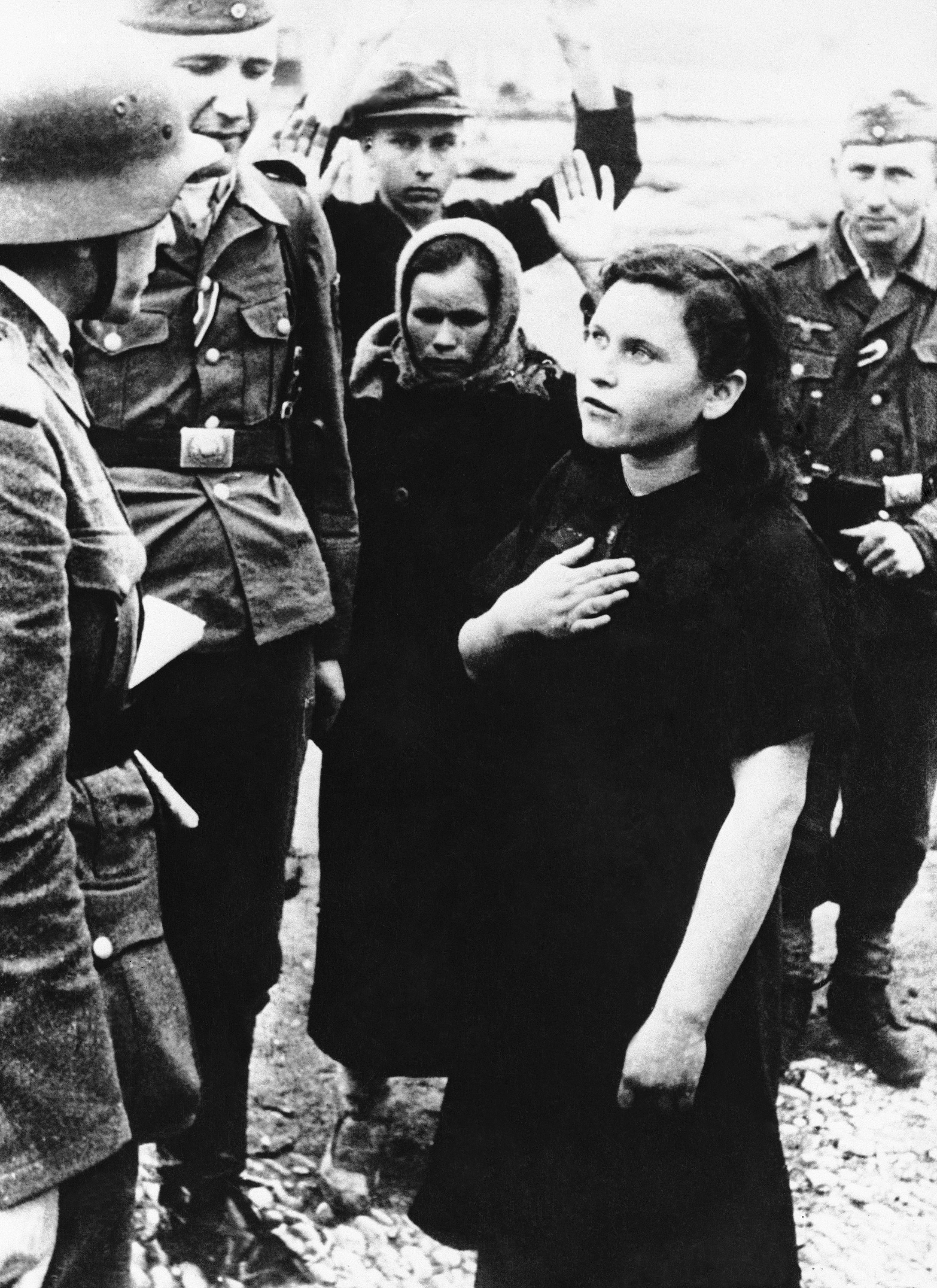
The second document covers the actions of the aforementioned Erich Koch, who, according to Rosenberg, intended to establish hunting grounds in Ukraine “for representative purposes”. Initially, Koch planned to forcibly resettle the inhabitants of several villages in another region. But to evict all residents posed great difficulties, thus some of the peasants were simply exterminated. Rosenberg then wrote to Himmler:
“In December 1942 (when the cold was already severe) the evacuation began. Hundreds of families were forced to pack all their possessions overnight and were then evacuated a distance of over 60 km. Hundreds of men in Zuman and the vicinity were mowed down by the gunfire [‘abgeknallt’] of an entire police company, ‘because they were Communist Party members’. No Ukrainian believed this, and likewise, the Germans were perplexed by this argument because if the security of the area were at stake it would have been necessary to execute communistically inclined elements in other rayons [‘areas’]. On the contrary, it was generally maintained that these men were ruthlessly shot down without judgement because so extensive an evacuation in so short a time was out of the question and furthermore there was not enough space available at the new place for settling the evacuees. The Zuman rayon is today depopulated on a wide area. The greater portion of peasants has been removed from the region. Now it suddenly appears that in order to take timber out of this very richly wooded rayon, peasants must be forced to come from a distance of 30 and 40 km, which for the time being is needed to carry on the export of wood in the limitless Eldorado (‘Banden-Eldorado’) developed out of the Zuman wooded area”.
Hannah Arendt, in her famous book “Eichmann in Jerusalem: A Report on the Banality of Evil” wrote about the Nazi Adolf Eichmann who was responsible for the extermination of the Jews. Eichmann was a special case of the general Nazi policy of genocide. This “banality of evil” – daily, ordinary – was also embodied by most of the occupation authorities in the Soviet Union.
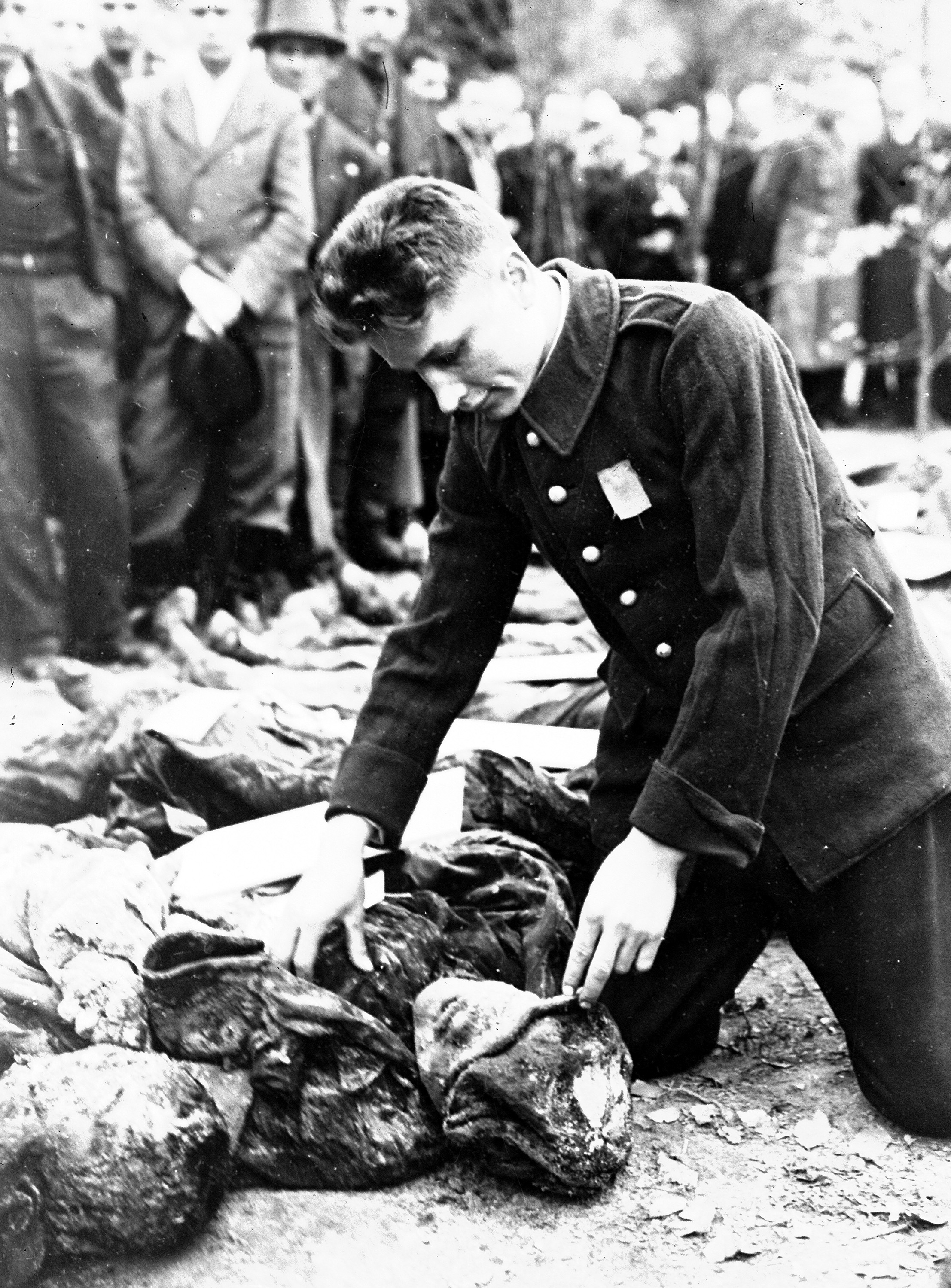
We are launching a global project. Obviously, it will take more than one year of work. But in the end, we will succeed in creating a unique archive of documents on the Nazi’s crimes that will exclude the possibility of a different interpretation of the actions by the Nazi occupiers in the Soviet Union. The project will also compile personal dossiers on the criminals who committed atrocities in the temporarily occupied territories – both representatives of Nazi Germany and their collaborators.
